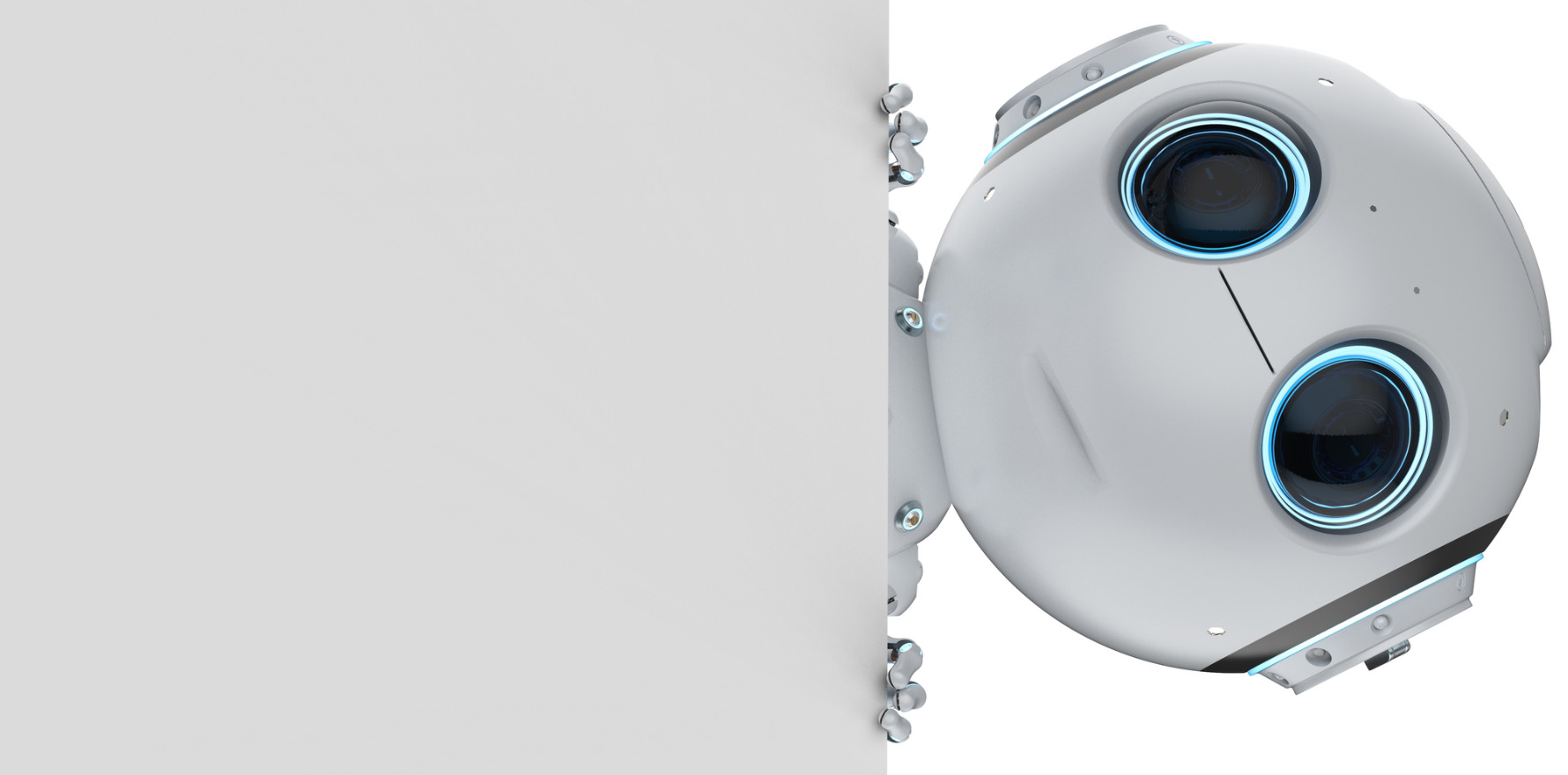It seems all players involved in improving connected care want a helping hand.
An expert panel had a consistent suggestion as to how states and hospitals can contribute to a new connected care paradigm: make it easier for me.
Dr Suzie Miller, director of strategy, quality and technology and clinical deputy director of the Victorian Virtual Emergency Department, had a clear vision for what would be most helpful when she sat down with a patient and pulled up their digital health record.
“I want one page that gives the past medical history, the medications, the allergies, the social history, [and] anything else my patient really cares about – and maybe the most recent discharge summary,” said Dr Miller at today’s Wild Health Summit in Melbourne.
“Don’t give me 30 discharge summaries, and don’t just give me the pathology from last week but not what it was six weeks ago or six months ago so I know the trend.”
Dr Miller said while there was no doubting the importance of getting the right care to the right people at the right time, it was equally important to ensure that the right information was provided to the right people – the ones delivering healthcare – at the right time.
Much of Dr Miller’s work in the VVED relies on being able to access relevant information for her patients, who she can see but cannot touch (or always rely on to provide truthful and accurate information about their medical history).
Yet Dr Miller can only successfully use MyHealthRecord to access this information about 10% of the time.
“Data, in my opinion, is money… because I then don’t have to recreate care. [If I] know what’s going on, I’m not sending tests out that were done last week. I’m perhaps not sending someone to hospital because I know what’s wrong with them and can take care of it in the moment,” Dr Miller explained.
Not having the right information available at the right time was also associated with a significant financial cost, with Dr Miller highlighting that while it cost between $250-$300 for a patient to be seen in the VVED, it costs more than twice that just for the patient to visit a physical emergency department.
Bettina McMahon, CEO of Healthdirect, said it was important to avoid the urge to tear everything down and completely start from scratch when trying to get health systems, regardless of whether they were hospitals or primary care, to work together.
“[We need] to find creative ways to play the hand we’re dealt, and to find a way through [the situation we’re in] because I think we do that particularly well,” she said.
“Then [we can figure out] how do we back that into the funding and governance mechanisms for the vision of the future, where we want to get to is to [be] connected.”
Dr Miller was also concerned about the information that gets sent out of emergency departments and hospitals, sharing the story of the best complaint she had received in her time with the VVED.
“It basically said, I’m very confused because your discharge summary says the doctor was Dr Loren Sher, which is put on there because she’s the clinical director of the whole service, but then it says that you saw them, because I had signed it down the very bottom. But then it said ‘information to patients’, but was that to me [a doctor] or the patient?”
Related
This complaint, which Dr Miller considered framing and putting on her wall, made her realise that we may need to take a step back and think about when we are writing a discharge summary, who are we writing it to?
“Am I writing it to the patient so that they can see the data? Am I writing it to the GP so they can action the data? [Or] am I writing it to the next specialist? So, [it’s possible] I’m sending you a discharge summary that’s not meant for you, or is it?
“My question is, what do you want? What can I give to you? And how can I give it to you in a way that matters?”
Professor Alam Yoosuff, vice-president of the Rural Doctors Association NSW, who works as a GP on the Victorian-NSW border and has experience with the healthcare systems from both sides of the river, called for someone – or something – to sort out and synchronise the flow and communication and information across and between healthcare and operating systems to allow him to use his time more efficiently.
“I need to use my brain to make the decisions. I don’t need to use my time and my brain to go and search for that [document], read that, [and] copy and paste [it into my practice software] and this nonsense. My time should be about making the decisions and directing the patients on the right direction,” he said.
“I’m of the opinion that we can move far better than [we currently are] if we connect and collaborate together… there is the sphere for that, [and] there is the technology for that.”
Wild Health’s Connected Care – From Here to Modernity was held in Melbourne on 22 October.





